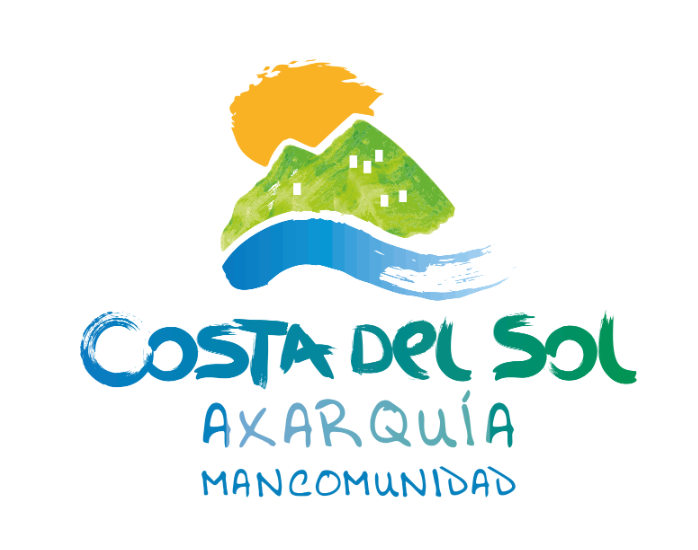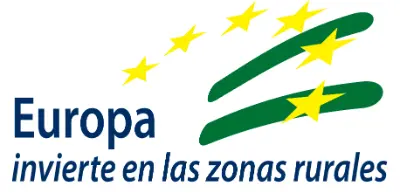The site where the granary was located in the mid-18th century and which is currently attached to a house.
Contrary to what has been speculated until now, it seems unlikely that its origin is Arab, since the type of construction does not offer any architectural parallels that would suggest such a circumstance. It could rather be a later construction, of the type that proliferated during the 18th century as a lookout point to guard the coast against piracy.
In this corner is installed the vase with the enigmatic drawing representing the symbols of the Muslim, Jewish and Christian religions, which gave rise to the slogan of the Frigiliana 3 Cultures Festival.

